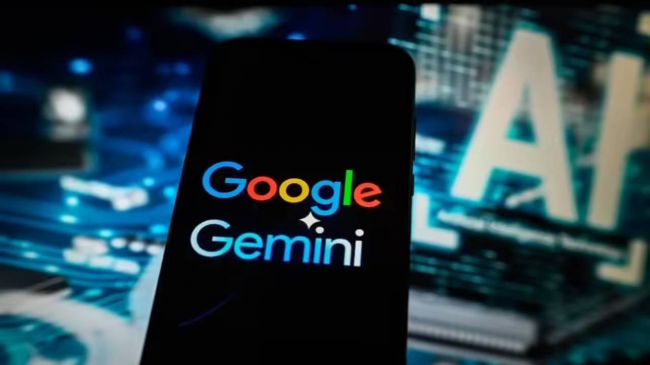Apple plans to launch its first foldable iPhone in 2026, with production ramping up in late 2025. Samsung Display to supply 7–8 million crease-free panels.
Apple Finally Bends: Foldable iPhone to Debut in 2026
Apple is officially stepping into the foldable phone race. According to reliable sources and supply chain reports, the tech giant is gearing up to launch its first foldable iPhone in autumn 2026, with mass production scheduled to begin in late 2025. Leading the hardware charge is Samsung Display, which has been tapped to supply millions of cutting-edge panels for the device.
As Apple moves beyond flat screens, its entry signals a major shift in the premium smartphone market. But what exactly do we know so far?
Production Timeline: A 2026 Unfolding
According to analyst Ming-Chi Kuo, Apple plans to begin mass production of the foldable iPhone in the third or fourth quarter of 2025, aligning the official release with its iPhone 18 lineup the following year. Assembly duties are reportedly handed off to Foxconn, Apple’s long-standing manufacturing partner.
This transition point sets the stage for Apple’s foray into flexible form factors — a space currently dominated by Samsung and Huawei.
What’s Inside? Display & Design Specs Unveiled
The device will reportedly feature a 5.5-inch external display and a 7.8-inch inner foldable screen, aiming for a sleek and ultra-thin profile of just 4.5mm when unfolded. Apple is expected to go crease-free by incorporating a refined hinge mechanism, an under-display camera, and possibly side-mounted Touch ID.
Such design choices will differentiate Apple’s foldable approach from its Android rivals — and potentially set new standards in usability and minimalism.
Samsung Display: Powering Apple’s Foldable Ambitions
Apple has ordered 7 to 8 million OLED panels from Samsung Display, which is also working on a high-production yield that minimizes screen creases — a persistent challenge in foldable tech. According to SamMobile, Samsung will ramp up capacity to meet Apple’s demand, making this one of the largest B2B display orders in recent years.
The partnership reflects Apple’s strategic reliance on Samsung even as both compete in the flagship market.
Expected Price & Shipment Volumes
Initial pricing estimates suggest the foldable iPhone could be priced around $2,300, placing it in the ultra-premium tier. Apple reportedly plans to ship 15 to 20 million units across the product’s lifecycle (2026–2028), though 2026 shipments may remain under full panel capacity due to a late production start (PhoneArena).
This pricing targets early adopters and professional users while giving Apple time to scale.
Competition Heats Up as Apple Enters the Fold
The foldable smartphone category is heating up, with Samsung leading the charge through its Galaxy Z series and Google’s Pixel Fold entering the space. Apple’s entry could disrupt market equilibrium, but challenges remain — including component durability, software optimization, and aggressive timelines.
Will Apple’s brand power and polished ecosystem be enough to leapfrog seasoned foldable players? Time — and user adoption — will tell.
What to Expect in the Coming Months?
Final hardware tweaks, especially around the hinge design and display crease elimination, are reportedly still in progress. With Apple’s reputation for precision and premium quality, the company is expected to delay mass announcements until these details are finalized.
One may expect official teasers and leaks by mid-to-late 2025 as the supply chain scales up.
Conclusion
With Samsung’s display technology and Apple’s hardware finesse, the upcoming foldable iPhone could set a new benchmark in premium devices. While rivals are already on their second or third iterations, Apple’s late entry might just be its strongest — folding innovation into something uniquely Apple.





